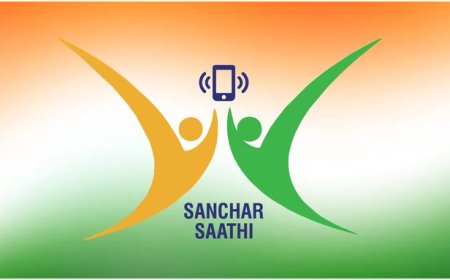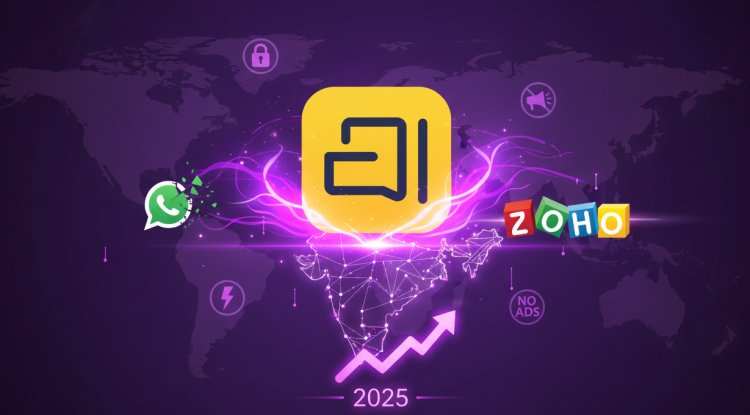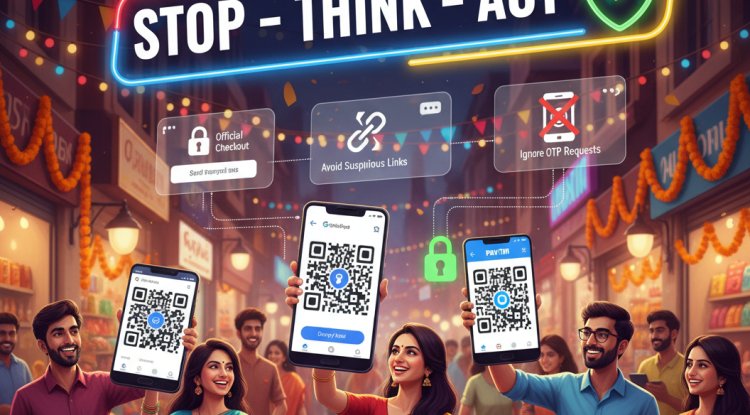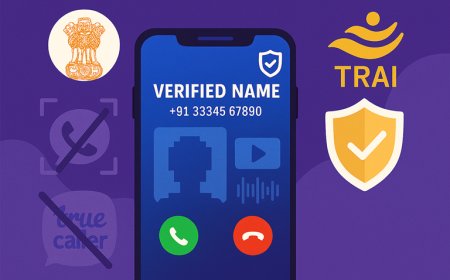China’s World-First Direct Satellite 5G Smartphone Video Call: Ushering in the Next Era of Global Connectivity
Chinese researchers have made history by completing the world’s first broadband video call from an ordinary smartphone directly to a satellite using internationally recognized 5G standards. This breakthrough, possible without any special hardware, demonstrates the future of universal mobile service—where coverage won’t depend on cell towers but can reach anywhere, anytime, via space-based networks.
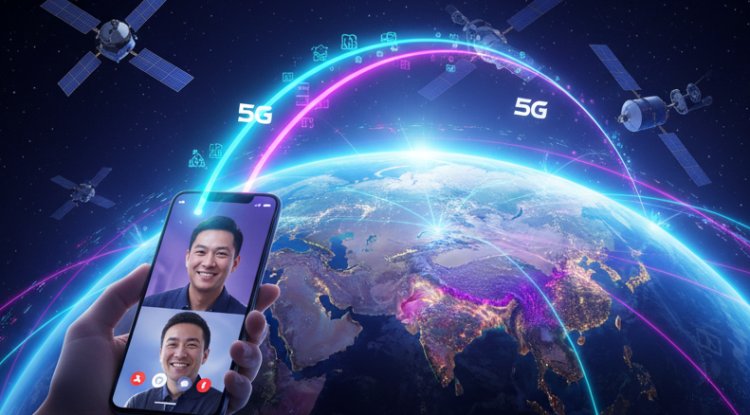
China has successfully demonstrated what many experts predicted would change global communications: making a high-quality broadband video call from a regular smartphone, using only “non-terrestrial” 5G networks and a satellite in orbit. The test shows the power and flexibility of new 5G standards, allowing phones to connect from anywhere—no additional antennas, satellite dishes, or specialized chips required.
How Did It Work?
- The test connected an ordinary, unmodified smartphone directly to a satellite using the new 5G Non-Terrestrial Network (NTN) standard published by 3GPP for global interoperability.
- The satellite acted as a cell tower in the sky, and the phone linked up just as it would with ground-based 5G networks—demonstrating true compatibility and seamless operation.
- This was achieved by Chinese scientists with China Satellite Network Group (China SatNet), using a demonstration satellite as part of their larger Guowang internet megaconstellation project.
Why Is This a Big Deal?
- The major leap: previous satellite phones required bulky hardware and worked only for simple calls or texts. Now, smartphones could leverage direct video calling, broadband streaming, and seamless internet access, right from space.[610][621]
- No special equipment needed: Every new phone supporting 5G could, in theory, connect directly to satellites, making coverage truly global—even in remote or disaster-stricken regions.
- The NTN standard solves interoperability issues, enabling easy switching between ground networks and satellites—or even cross-border usage without the need for roaming partners.
Potential Impact and What’s Next
- Universal Coverage: Rural, mountain, ocean, and desert areas can potentially be served as easily as cities—solving the “last mile” connectivity problem.
- Disaster Readiness: When ground infrastructure is destroyed (by earthquakes, floods, or conflict), mobile service could continue via satellite, enabling emergency calls and coordination.
- Empowering IoT: Billions of sensors, vehicles, and smart devices could stay online—and the future 6G standards may push speeds and reliability even higher.[615][618]
- Intense Market Growth: Satellite-based 5G networks are projected to soar, from $1.7 billion in 2025 to $99.3 billion by 2035, as telecoms, tech, and national security players race to integrate space and ground networks globally.[615]
- Global Competition: While China has led this world-first demo, other players like AST SpaceMobile (in partnership with AT&T/Vodafone) and Rakuten Mobile in Japan have also made headlines with direct-to-device satellite 5G tests and real-world calls.[613][617][621]
- Technology Challenges: Delivering stable, high-speed video calls from orbit requires tackling issues like signal delay, Doppler shift, device compatibility, and regulatory hurdles.
What’s Still Experimental?
- The technology is not yet available for regular consumer calls and will require more satellites, ground station upgrades, and continued evolutionary updates to the 5G/6G standard.
- Commercial rollouts are likely in the next few years, with pilots targeting remote locations, first responders, and enterprise markets first.
Conclusion
The successful satellite 5G video call by Chinese researchers marks the dawn of a hyper-connected planet. As standards mature and coverage scales up, access to resilient, high-speed mobile service anywhere on earth—even from space—will move from science fiction to reality. Whether for rural schools, global travelers, emergency teams, or IoT, this innovation opens economic, humanitarian, and tech opportunities never seen before.
Sources: SCMP, Trak.in, LinkedIn, TechNewsWorld, Stellarix, Future Market Insights, 5GWorldPro, AllAboutCircuits, Forbes
What's Your Reaction?
 Like
0
Like
0
 Dislike
0
Dislike
0
 Love
0
Love
0
 Funny
0
Funny
0
 Angry
0
Angry
0
 Sad
0
Sad
0
 Wow
0
Wow
0
